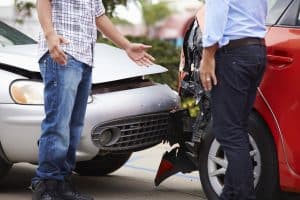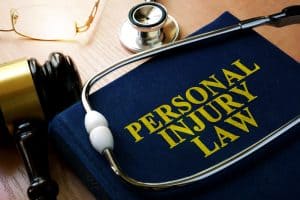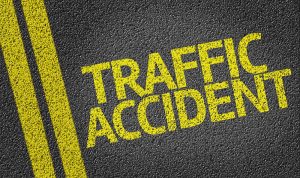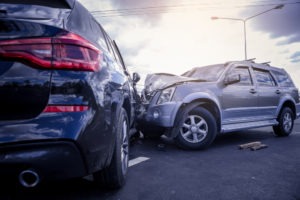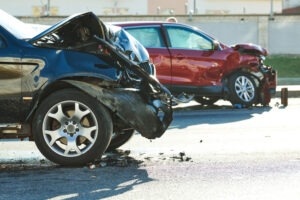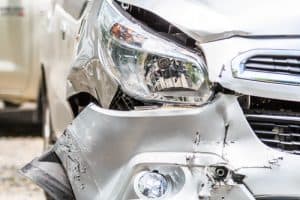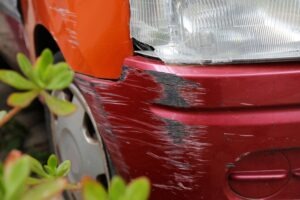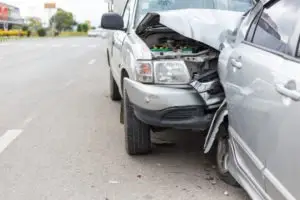
Determining fault for a rear-end collision isn’t always a simple task. While rear-end collisions are typically the rear driver’s fault, the fault is determined by which party displayed negligent behavior.
The drivers’ actions leading up to the collision and how safely they drive play a huge role in determining who’s at fault. A Pittsburgh car accident lawyer can be crucial to helping you determine fault.
Why Determining Fault in a Rear-End Collision is Important
Accurate fault determination ensures that settlements are fair and just. It prevents one party from bearing the financial burden of an accident they did not cause. This fairness is particularly important in rear-end collisions, where assumptions about fault may not always reflect the reality of the situation. For instance, if the leading driver made a sudden and unreasonable stop, they might share some responsibility for the collision.
Understanding how fault is established and its implications under Pennsylvania law can help you navigate the aftermath of a collision more effectively.
40+ years of experience from strong, knowledgeable, compassionate attorneys.
Start A Free EvaluationWhen the Rear Driver Is at Fault
Although it depends on the specifics of each case, the rear driver is usually considered at fault in a rear-end collision. That’s because, in many cases, the rear driver usually acted negligently in a rear-end accident, as if they were engaged in:
Distracted Driving
Actions like texting while driving, eating, or fiddling with the GPS can cause the rear driver to not brake in time, thus hitting the front driver. The rear driver has a much slower reaction time when driving distracted and is more likely to cause an accident.
Aggressive Driving
Speeding and tailgating could limit the reaction time of the rear driver and limit their ability to stop suddenly and avoid a rear-end car accident. If a rear driver drives lawfully, however, the chance of a rear-end collision increases. As a result, aggressive driving will likely make the rear driver liable in a rear-end collision.
Failing to Leave Enough Space Between the Car in Front
It is often the case that drivers do not leave enough space between them and the vehicle ahead in order to stop in an emergency or for stopped traffic ahead. These accidents are known as assured clear distance violations. Drivers may try to argue that they had to stop short, but if they were not following at a safe distance, this could indicate negligence.
Driving Too Fast for Road Conditions
Many accidents that occur on ice or snow covered roads are caused by drivers who are traveling too fast for road conditions. Driving too fast for road conditions can cause multi-vehicle accidents.
We know you’re hurting. We can help. Free case evaluations, home and hospital visits.
Contact Us Now For HelpWhen the Driver in Front is at Fault
Although the rear driver is typically at fault when it comes to rear-end collisions, sometimes the rear driver isn’t entirely liable for the damages caused by an accident. These scenarios include:
Reversing Into a Car
If the lead driver is reversing into the rear driver, the lead driver is likely at fault.
No Brake Lights
The vehicle’s brake lights are malfunctioning such that it renders those traveling behind them unaware that their vehicle is stopped or slowing.
Aggressive Driving
If the lead driver was driving aggressively, the rear driver may not be liable. Common causes of rear-end collisions are weaving in and out of traffic, failing to adequately signal a change of lane and merging into a lane without adequate space, brake-checking.
External Conditions and Determining Fault
In some scenarios, neither driver may actually be at fault, as a rear-end collision could be caused by a third party. Some scenarios where the first two car drivers in a rear-end collision might not be at fault are:
- Sudden and unexpected obstacles: A third party or an object in the road causes the leading driver to brake suddenly, resulting in a collision.
- Mechanical failure: A brake malfunction in either vehicle causes an unexpected stop or failure to stop in time.
- Chain reaction accidents: Another vehicle collides with the rear car, pushing it into the vehicle in front, with the drivers of the first two cars having no time to react.
You need an attorney with the experience and dedication to give your case the care it deserves.
Start A Free EvaluationHow a Personal Injury Attorney with Our Firm Can Help a Rear-End Collision Case
If you want help determining fault in a rear-end collision, a car accident lawyer on our team can help you build your case. In doing so, you can rely on them to gather evidence, such as:
- The accident report
- Statements from witnesses
- Photos of the vehicles involved, the crash scene, and your injuries
- Your medical records
- Available video footage
- Your personal account of the accident and how it has impacted your life
The evidence, as well as other forms of it, will show us who was negligent. So, we may be able to prove the other party:
- Owed you a legal duty of care
- Failed to meet this standard of care
- Caused the rear-end collision that ultimately led to your damages
We can address all the legal hurdles that may be keeping you from getting a fair settlement.
Speak To An Attorney TodayDealing With the Insurance Company Without an Attorney Following a Rear-end Collision
Insurance companies are known for safeguarding their bottom line to avoid paying out a claimant’s damages. For example, they might try to use Pennsylvania’s comparative negligence law, 42 Pa. CSA § 7102, to their advantage.
This law says that you can collect damages as long as you are 50 percent or less to blame for the accident. Our lawyers will work to show that you hold minimal fault for the accident so that you can recover the damages you need.
How You Can Protect Your Right to Damages
There are a handful of things you can do to protect yourself from falling victim to the insurance company’s tactics, like:
- Directing them to your lawyer when they call you
- Avoiding posting on social media
- Getting medical attention as soon as you can after the accident—not only for the sake of your health but also to connect the accident to your injuries
You can also retain a lawyer to handle your entire case.
Rear-End Collision Lawsuits Are Time-Sensitive
Additionally, determining who’s at fault and seeking compensation as soon as possible is extremely important, as the statute of limitations in Pennsylvania is only two years in most cases, per 42 PA CSA § 5524. Not meeting the deadline could leave you with little to no options for seeking compensation.
Even if you think fault in your rear-end collision seems pretty straightforward, don’t underestimate the insurer’s willingness to dispute your claim and take you to court. Make sure you protect your right to file your lawsuit by seeking help from a Pittsburgh personal injury lawyer.
Turn to Berger and Green After a Rear-End Collision in Pennsylvania
A rear-end collision can cause damage to your overall quality of life, causing injuries and forcing you to miss work. The situation can be even more complicated when the other party disputes the fault.
Reach out to Berger and Green for a free consultation and see how our car accident attorneys can help. A member of our team will be happy to get started on your rear-end accident case.



